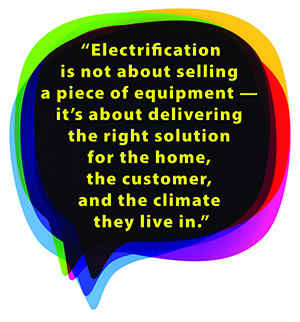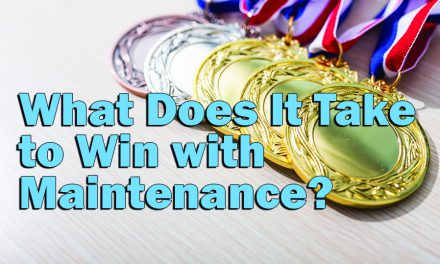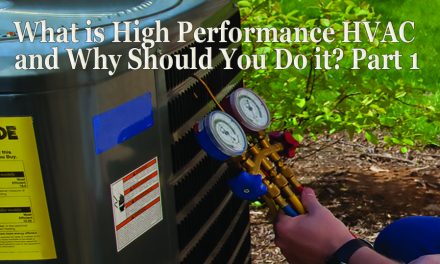I help customers weigh those options carefully. Sometimes it makes sense to sacrifice a rebate if it means lower long-term operating costs and better comfort, especially for homes in colder areas or with high electricity rates.
When I evaluate these options with a homeowner, I always look beyond the equipment sticker price and rebates. I compare the actual cost to run the system based on the customer’s specific utility rates — whether that’s natural gas by the therm, propane by the gallon, or electricity by the kilowatt-hour.
I’ve built a spreadsheet that calculates the cost to produce a million Btus using each fuel source. This way, we can clearly see which option will cost more to operate in their home, factoring in their local energy prices and the system’s efficiency ratings. It’s a practical, numbers-based approach that helps my customers make truly informed decisions, not just ones driven by rebates or sales pitches.

Variable-Speed Heat Pumps
Another exciting development in heat pump technology is the price and growing availability of variable- speed heat pumps. As manufacturers increase production of these units to meet demands, prices have narrowed between single-stage, dual-stage and variable-speed heat pumps.
Inverter-driven variable-speed products are a great solution because they can automatically adjust their capacity to match the home’s heating or cooling load in real time. Instead of running at full blast or shutting off like a single-speed unit, a variable-speed heat pump can ramp up or down, maintaining more consistent temperatures and improving efficiency.
In my climate, where the heating and cooling loads are often very similar in Btus, we’re fortunate because we don’t have to oversize systems for heating like in other parts of the country, and we rarely need to install large electric heat strips. Because of that, nearly every system we set is variable speed — it allows us to fine-tune capacity to meet the home’s load without compromising comfort or efficiency.
For customers with solar, inverter-driven variable-speed is a must as they do not have the spike in current like standard single or two speed units with alternating current (AC) powered compressors. This allows batteries and an inverter to power the home during peak demand hours.
Programming Advantages
Another big advantage of variable- speed equipment, when it’s properly programmed and operated by the customer, is that it typically runs at a fractional capacity most of the time. This not only improves energy efficiency but also reduces the likelihood of ice buildup on the outdoor coil.
What little frost might accumulate during a cold night will easily melt during normal off cycles, unlike older single-speed equipment that would run at full capacity, quickly building ice, and requiring frequent defrost cycles.
Click Below for the Next Page:













Recent Comments